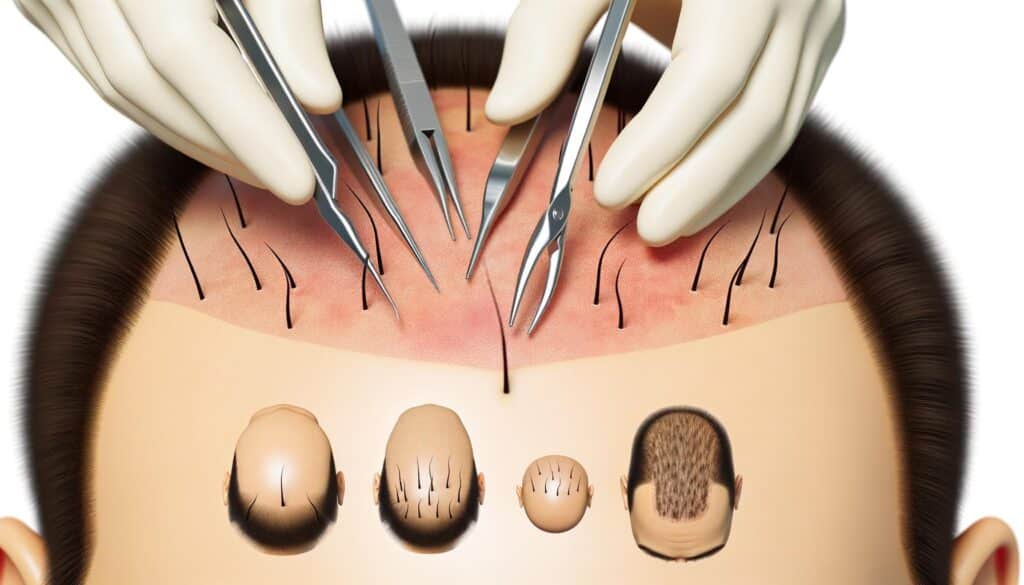Exploring the Path to Hair Restoration: A Deep Dive into Hair Transplant
Understanding Hair Transplants
Hair transplant is a medical procedure that involves transferring hair follicles from one part of the body, typically the back or side of the head, to an area experiencing hair thinning or balding. This procedure has gained traction over the years as it provides a natural-looking solution to hair loss. Various methods are employed in hair transplants, most notably follicular unit transplantation (FUT) and follicular unit extraction (FUE). FUT involves removing a strip of skin with hair follicles and dissecting them into individual grafts, whereas FUE involves extracting individual follicles directly from the scalp. Both methods have their distinct advantages, and the choice often depends on the individual’s hair type, degree of hair loss, and personal preferences.

The Benefits of Hair Transplants
Opting for a hair transplant offers numerous benefits that extend beyond aesthetics. One of the primary advantages is the permanent nature of the results. While medications and topical treatments require continuous use, a hair transplant provides a long-lasting solution to hair loss. Patients often experience a significant boost in self-esteem and confidence as they witness their transformed appearance. Furthermore, the advancements in technology have made hair transplants more efficient and less invasive, reducing recovery time and enhancing overall patient experience.
Preparation and Expectations
Preparation is a crucial step in the hair transplant process. Prospective candidates need to engage in consultations with qualified specialists who can assess their hair loss pattern and determine the most suitable procedure. During these consultations, patients should be forthcoming about their medical history and any concerns they may have. Setting realistic expectations is equally important. While hair transplants can deliver remarkable results, understanding the limitations and potential outcomes helps in aligning expectations with reality.
The Procedure and Recovery
Hair transplant procedures can vary in duration, typically ranging from four to eight hours, depending on the extent of hair loss and the method used. Patients often experience minimal discomfort, thanks to advancements in anesthesia and surgical techniques. Post-surgery, patients are provided with detailed aftercare instructions to promote healing and optimize results. Recovery usually involves a few days of rest and a gradual return to regular activities. Swelling, redness, and minor discomfort are common initially but subside within a week or two.
Long-term Care and Maintenance
Achieving the desired results from a hair transplant is only the beginning. Long-term care and maintenance are essential to preserve the new hair and ensure its health and vitality. Patients are advised to follow a hair care routine tailored to their specific needs. This may include gentle washing techniques, using recommended hair care products, and maintaining a balanced diet to support hair growth. Regular follow-up appointments with the transplant specialist can help monitor progress and address any concerns. Additionally, being mindful of lifestyle factors, such as stress management and avoiding excessive styling, contributes positively to the longevity of the results.
